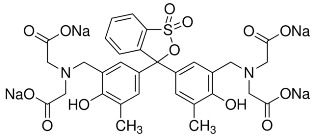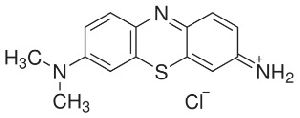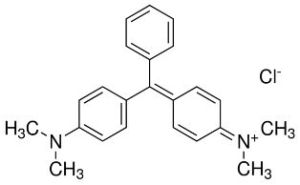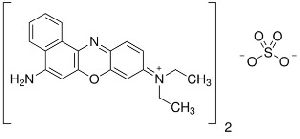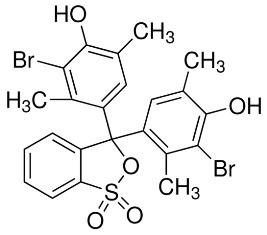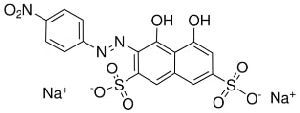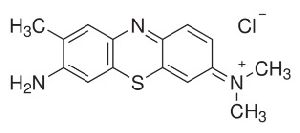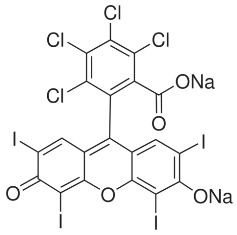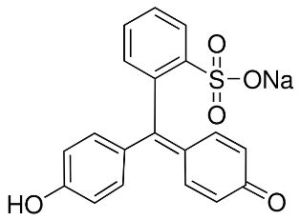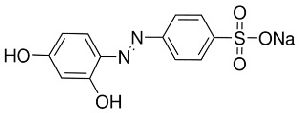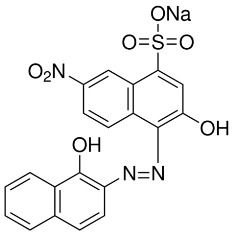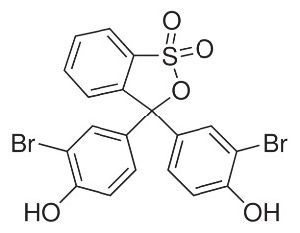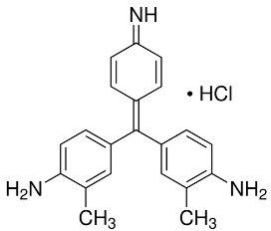Palghar, Maharashtra
Xylenol Orange Tetrasodium Salt ACS Grade
| Business Type | Manufacturer, Supplier |
| C.A.S. No. | 3618-43-7 |
| M.F. | C31H28N2SO13Na4 |
| M.W. | 760.59gm/mole |
| Click to view more | |
Preferred Buyer From
| Location | Anywhere in India |
Product Details
Chemical Name
Tetrasodium N, N'-(3H-2,1-benzoxathiol-3-ylidenebis((6-hydroxy -5-methylphen-3,1-ylene)methylene))bis(N-(carboxylatomethyl)aminoacetate) S,S-dioxide
InChI Key
FXYMNKLSOQONJB-UHFFFAOYSA-J
Solubility
Almost insoluble in acetone, alcohol. Soluble in water and dilute aqueous alkali.
Xylenol Orange tetrasodium salt is a salt form of Xylenol orange. Xylenol Orange is a fluorochrome useful in single and polychrome sequential labeling because it remains fixed to calcified tissues until removal of bone minerals. The fluorescence in xylenol orange is in contrast to the fluorescence of other known dyes thus allowing for easier identification of certain regions of a slide. In addition, the fluorescence labeling sites are the same for xylenol orange and other tetracylines such as fluoresceins and calcein blue. Further studies have shown that xylenol orange is used to detect lipid hydroperoxide in low density lipoproteins by oxidizing ferrous ions from Fe2+ to Fe3+ under acidic conditions. After oxidation of ferrous ions, a Fe3+ xylenol orange complex is formed which can be measured spectrophotometrically at 560 nm.
Applications:
Xylenol Orange tetrasodium salt is used as a photometric reagent and a metal indicator. An organic reagent, most commonly used as a tetrasodium salt as an indicator for metal titrations. It is a versatile indicator for EDTA titrations in acidic range. It is a common organic reagent used as an indicator for metal titrations.Fluorochrome useful in single and polychrome sequential labeling of calcifying tissues because it remains fixed to calcified tissues until removal of bone minerals. Can also be used to detect lipid hydroperoxide in low density lipoproteins by oxidizing ferrous ions from Fe2+ to Fe3+ under acidic conditions. After oxidation of ferrous ions, a Fe3+ Xylenol orange complex is formed which can be measured spectrophotometrically at 560 nm.
Looking for "Xylenol Orange Tetrasodium Salt ACS Grade" ?
Explore More Products

